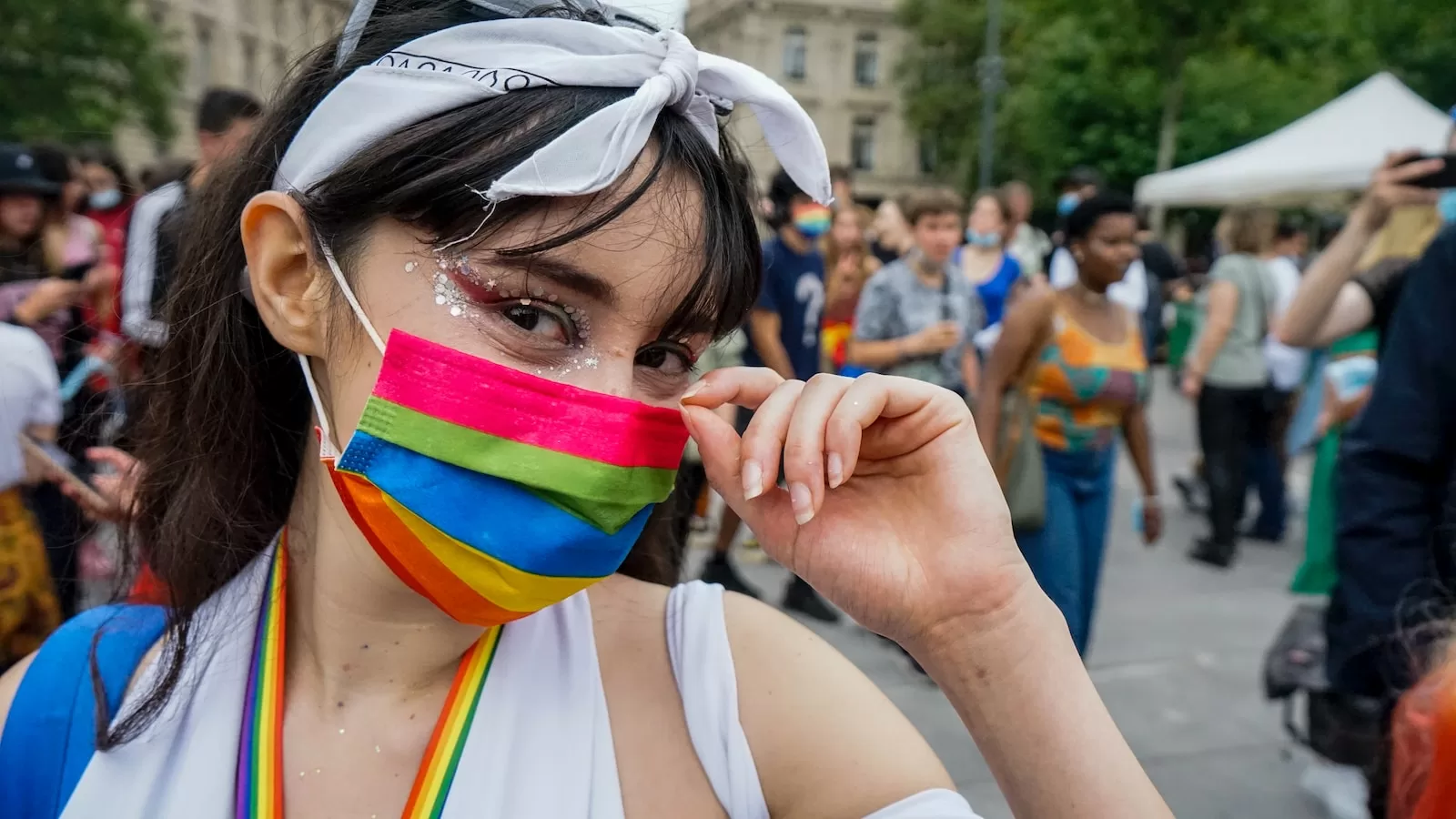Introduction:
In a diverse and interconnected world, social integration plays a crucial role in creating harmonious and inclusive societies. However, the human experience is often plagued by conflicts arising from differences in caste, class, religion, and language. These conflicts can result in prejudice, discrimination, and barriers to social cohesion. In this blog post, we will delve into the concept of social integration, explore the nature of conflicts and prejudices, examine their causal factors, and discuss psychological strategies for handling these challenges. Finally, we will outline measures that can be taken to achieve social integration.
The Concept of Social Integration:
Social integration refers to the process of individuals and groups coming together, developing a sense of belonging, and forming cohesive communities. It encompasses the acceptance, inclusion, and participation of all members, irrespective of their backgrounds. A socially integrated society respects diversity, promotes equality, and fosters a shared understanding among its members.
Caste, Class, Religion, and Language Conflicts:
Caste, class, religion, and language are significant dimensions of identity that can give rise to conflicts when not managed appropriately. In many societies, caste-based discrimination persists, resulting in marginalization and social exclusion of certain groups. Similarly, economic disparities and class divides can create social tensions and hinder integration. Religious and linguistic differences often fuel prejudice and contribute to social fragmentation.
Nature and Manifestation of Prejudice:
Prejudice is an ingrained bias or preconceived notion individuals hold about others based on their perceived group membership. It manifests in various forms, such as stereotypes, discrimination, and negative attitudes. Ingroup bias refers to the tendency to favor members of one’s own group, while outgroup bias involves negative attitudes or hostility toward members of different groups.
Causal Factors of Conflicts and Prejudices:
Conflicts and prejudices arise from a complex interplay of psychological, social, and cultural factors. Some common causes include:
1. Fear of the unknown: When individuals encounter unfamiliar cultures, languages, or customs, they may feel threatened or insecure, leading to defensive behaviors and biases.
2. Socialization and upbringing: Early socialization experiences heavily influence an individual’s attitudes and beliefs. Biased messages passed down through generations can perpetuate prejudice.
3. Limited exposure and contact: Lack of exposure to diverse groups can reinforce stereotypes and perpetuate ignorance, inhibiting social integration.
4. Structural inequalities: Societal structures that perpetuate economic disparities, unequal access to resources, and systemic discrimination can fuel conflicts and prejudices.
Psychological Strategies for Handling Conflicts and Prejudices:
Overcoming conflicts and prejudices requires a multifaceted approach that addresses both individual and collective dimensions. Here are some psychological strategies to foster social integration:
1. Education and awareness: Promoting education that emphasizes tolerance, diversity, and empathy can challenge prejudices and foster understanding.
2. Intergroup contact: Encouraging positive interactions and meaningful contact between different groups promotes empathy, reduces biases, and builds bridges across divides.
3. Perspective-taking: Cultivating the ability to see things from others’ perspectives helps challenge biases and fosters empathy and understanding.
4. Building inclusive identities: Encouraging individuals to develop multiple identities that encompass both their individual and group memberships can help bridge divides and promote integration.
5. Empowering marginalized groups: Recognizing and addressing structural inequalities helps empower marginalized groups, promoting a sense of belonging and equality.
Measures to Achieve Social Integration:
To achieve social integration, collective efforts and comprehensive policies are necessary. Some measures include:
1. Legislation and policy: Enacting anti-discrimination laws and policies that protect the rights of all individuals, irrespective of their caste, class, religion, or language.
2. Social programs and initiatives: Implementing programs that promote equal opportunities, access to resources, and social mobility for marginalized groups.
3. Intercultural dialogue: Encouraging open discussions, dialogues, and cultural exchanges to foster mutual understanding and appreciation.
4. Community engagement: Encouraging community-based initiatives that bring diverse groups together, fostering collaboration, and promoting social cohesion.
5. Media representation: Promoting fair and accurate representation of diverse groups in the media can challenge stereotypes and promote social integration.
Conclusion:
The psychological problem of social integration arises from conflicts, prejudices, and divisions rooted in caste, class, religion, and language. Overcoming these challenges requires a comprehensive approach that addresses individual biases, promotes understanding, and tackles structural inequalities. By implementing psychological strategies and measures that foster inclusivity, empathy, and equal opportunities, societies can strive towards achieving social integration and creating harmonious communities that celebrate diversity.







